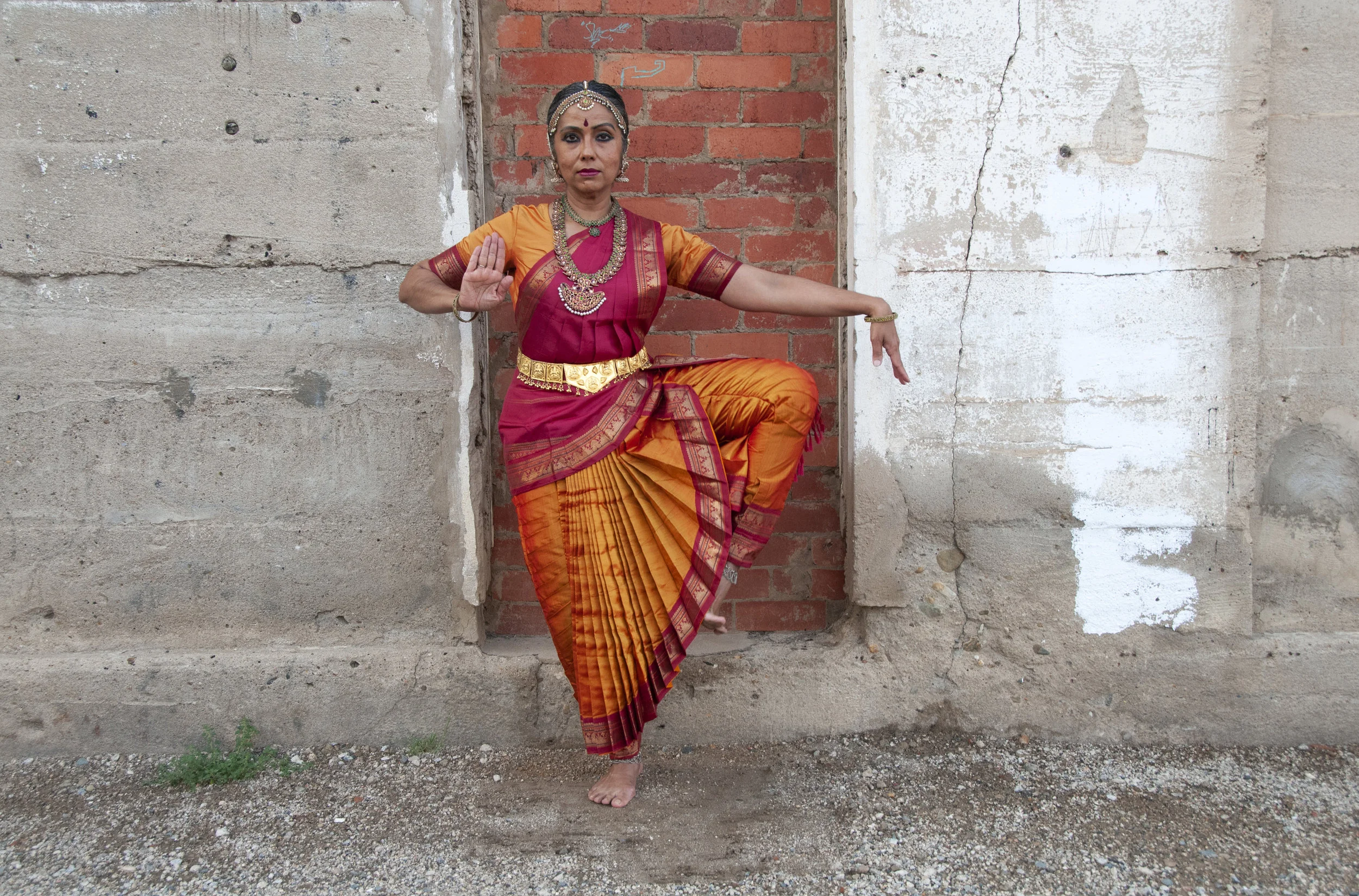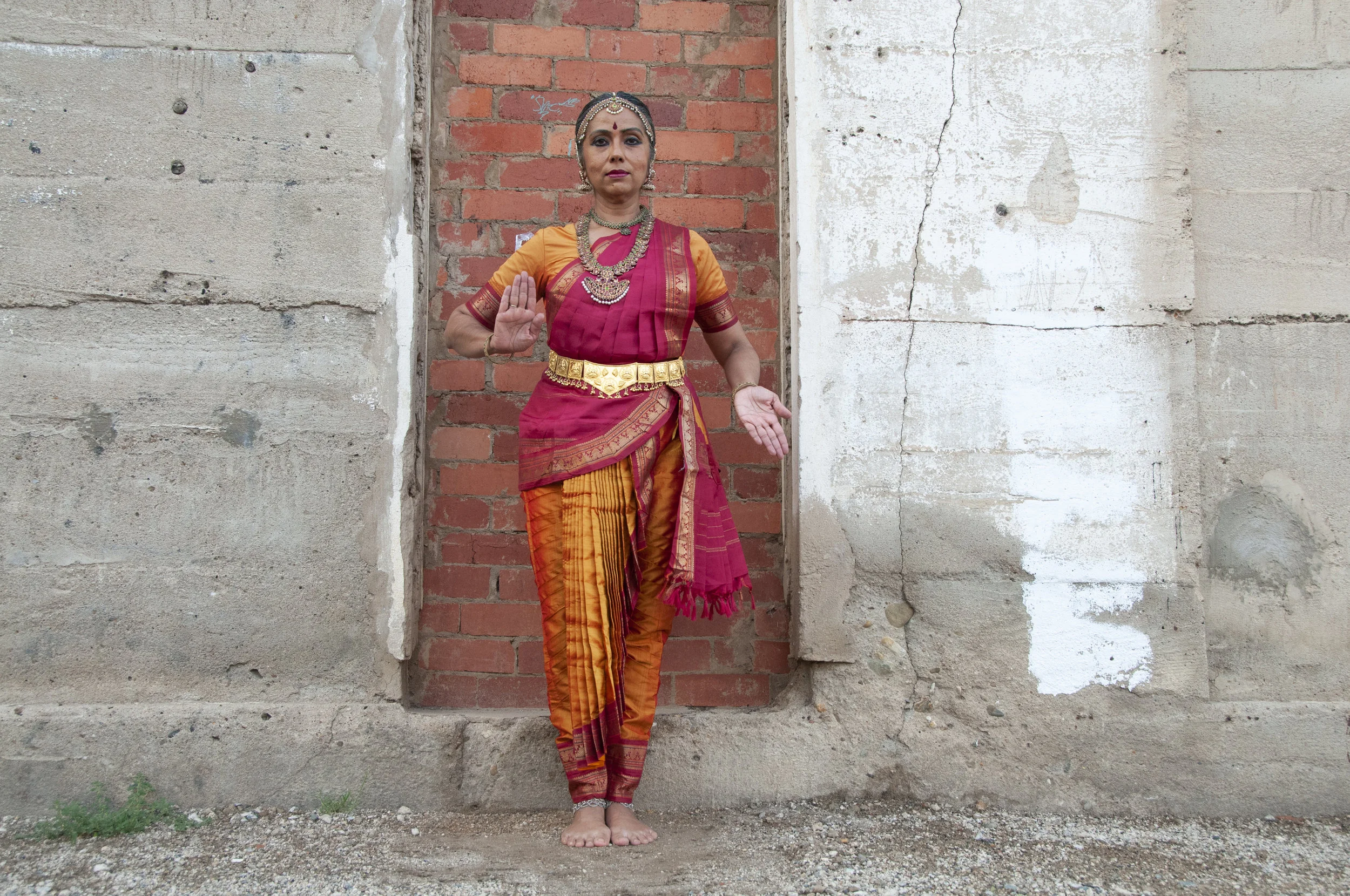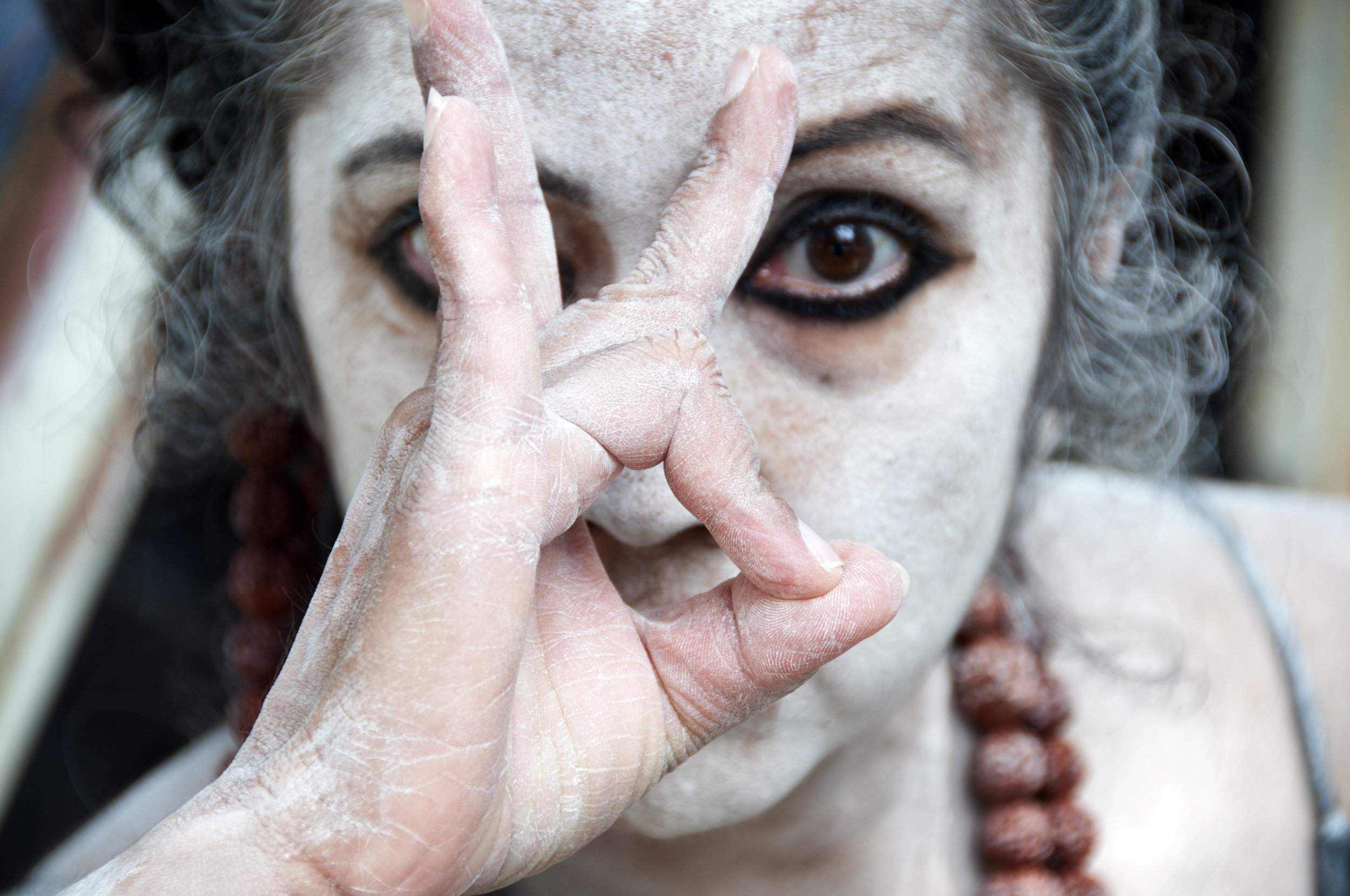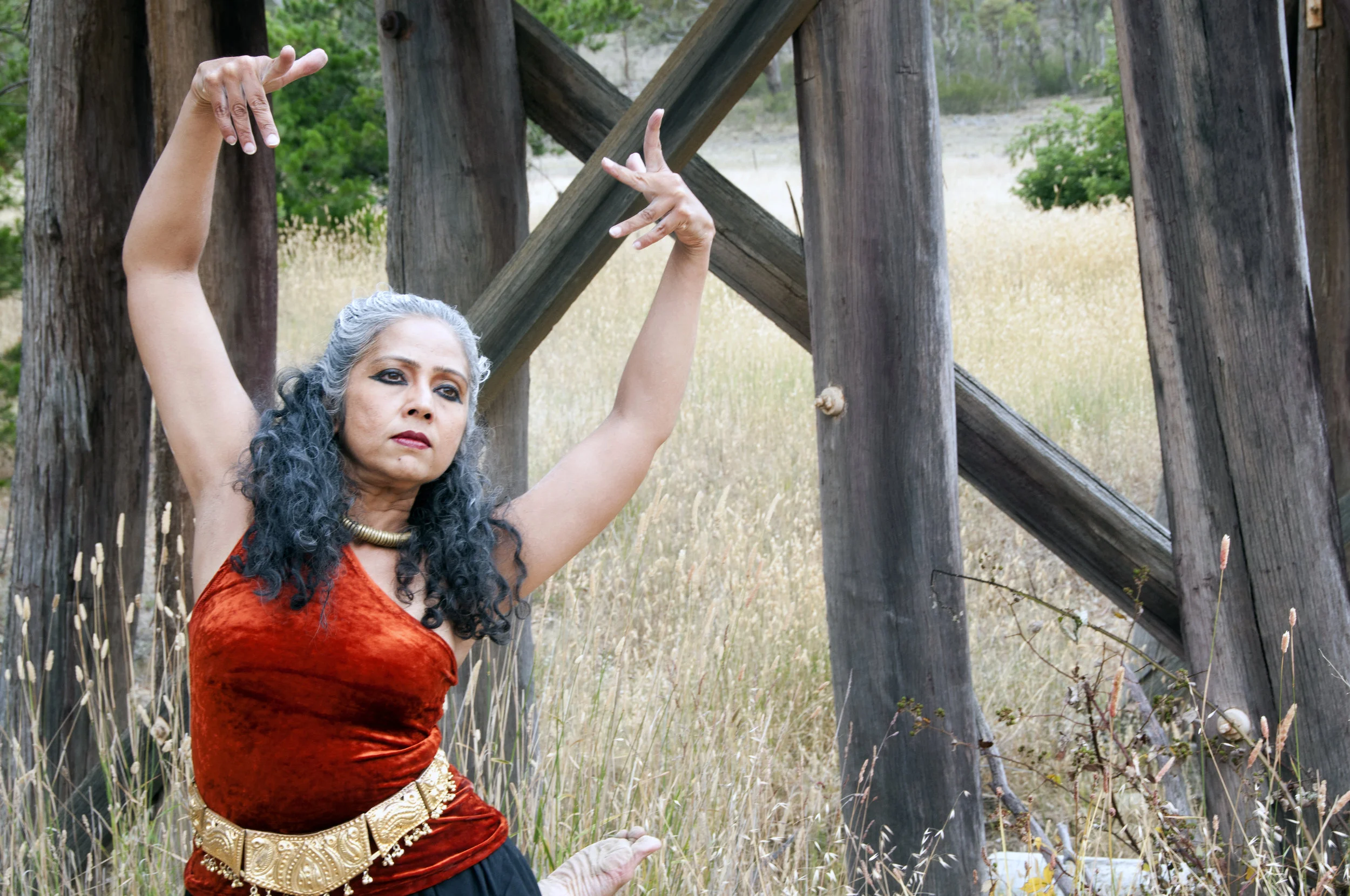Ganesha is popularly invoked as the destroyer of obstacles, the English equivalent of the Sanskrit word vighna. Usually these vighnas are located in the external events and circumstances of our life. Dancing in the Ganesha constellation is truly the space of liberation from language, form and definition that allows a glimpse into the state of Avighnesha—a state where there are no vighnas in our feeling world and therefore none anywhere else in our lives.
Read MoreSome dance languages function in a symbolic relationship to reality—somewhat akin to the way a metaphor functions in written language. Indian dance or Natya is one such practice. In being thus, it is no different to other practice traditions in India that function as the action or karma or Agama aspects of the philosophy of moksha, which includes music, sculpture and visual arts.
Read MoreOne of Ganesha’s consorts is Siddhi which in Sanskrit means ‘success’, ‘supreme achievement’ or mastery of such skill that it is miraculous. In the Yoga Sastra, the traditional text on Yoga, eight major siddhis are listed and they are attributes that are gained as one practices Yoga. These include the ability to be minutely fragemented, to be massive, to be pervasive, to procure all that one desires and to subjugate everyone at one’s will. There are various lists of siddhis in different texts and practices but they are largely in the same realm.
Read MoreYantras are intricate symbolic representations of deities in Indian contemplative traditions.. Yantra contemplation is a structured practice, inadequately available through texts and largely transmitted through traditional inherited lineages of practice. In the temple dance traditions of India, the dancing body functions as a Yantra when it embodies symbolic modes.
Read MoreThe Ganesha space is a curious intermingling of the most earthy and the most ethereal of experiences. He is at once the space of the ponderous earthiness of our lives, the rootedness of our materiality and of its experiences of fluctuating emotions, and also the enabler of insight by bestowing on us abilities to navigate the earthiness without being subsumed by it or subsuming it.
Read MoreKaranas are like the seeds of dance, like the essential skeleton of the practice. However I do not think they should be interpreted materially as ‘positions’ or 108 steps that form some kind of basic exercises for preparation. Dance, as suggested by the Karana lens, is about learning how to find the essence and how to move in that space of silence and essence.
Read MoreSiva is the archetype of destruction. Usually we think of destruction of Siva in cosmic dimensions- as in destroyer of the cosmos so that time and space can start again as part of the cyclical process. In my experience Siva is also the destroyer on a very personal level. He destroys paradigms, roles and comfort zones. Approach him with wariness because he does not offer comfort and the known as gifts.
Read MoreIn recent times, approaches to embodied traditions have increasingly become aligned to the ways in which we approach textual discourses. This means that we expect that they will yield to definitions and a certain stability of meaning and understanding. What if the very purpose of embodied ritual traditions were to create interactions of ambiguity and mystery?
Read MoreVairagya is inadequately translated as detachment. However it means freedom from want, desire and need and all its consequences such as consuming, competition and hoarding. Vairagya is the foundation of any moksha practice in Indian traditions—without living this state, there is no moksha practice.
Read MoreIn Indian tradition, practice as knowing was a structured approach that had deliberate and specific relationships between practice and text and between practice and other ways of knowing including implicit aspects such as presence and relationship between teacher and student. The fact that texts cannot contain the practice is inevitable in a tradition which is founded upon the principle that the purpose of these practices is freedom from the chitta (mind and material reality) and all of its domains which includes words/language.
Read More









